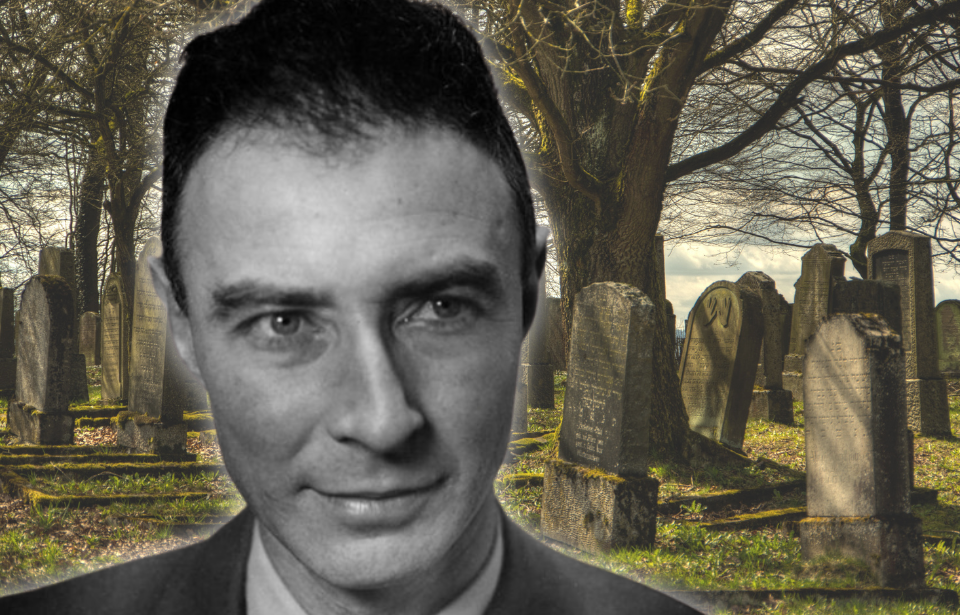The release of Oppenheimer in 2023 reignited interest in the legacy of the “Father of the Atomic Bomb.” However, a mystery remains: the location of J. Robert Oppenheimer’s final resting place. This puzzle is intertwined with his role in the Manhattan Project and his unwavering personal convictions.
J. Robert Oppenheimer fled to the Virgin Islands

A decade following the Trinity Test, J. Robert Oppenheimer retreated from public engagements. In 1955, he moved to the Virgin Islands with by his wife, daughter, and son. They settled on a remote two-acre plot overlooking Hawksnest Bay, St. John, a location hardly acknowledged on most maps.
Why did J. Robert Oppenheimer retreat from society?
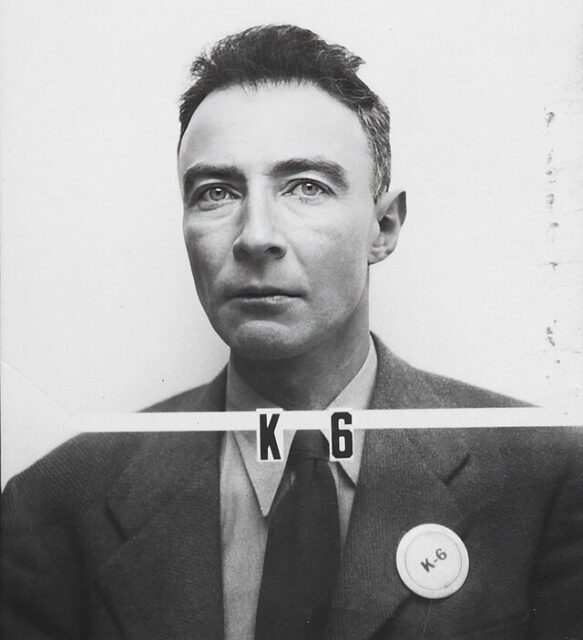
Several factors prompted J. Robert Oppenheimer’s retreat from society. His involvement in classified US military projects put him under constant government surveillance. By relocating to St. John, he sought refuge from the FBI, affording him what he desperately wanted: the freedom to pursue sailing and poetry without being constantly monitored.
Additionally, his growing fear of the catastrophic potential of nuclear conflict influenced his decision. Embracing an anti-nuclear stance, he saw the Virgin Islands as a sanctuary, believing they’d remain untouched by any nuclear fallout. Oppenheimer and his family lived there for 12 years, and a beach was eventually dedicated in his honor, commemorating his time on the island.
Opting for cremation, not a burial
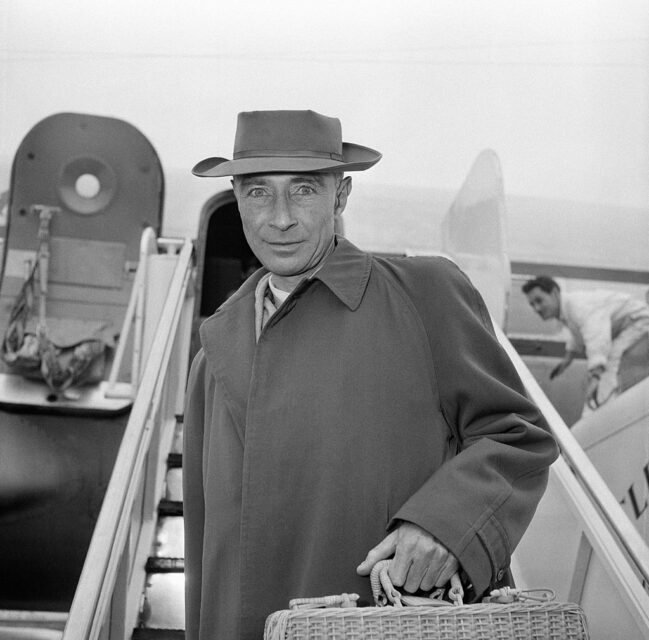
The reason for the impossibility of visiting J. Robert Oppenheimer’s grave lies in the fact that he was cremated instead. Oppenheimer, a figure of nuanced beliefs, notably held skepticism towards the notion of an everlasting soul, a perspective mirrored in his views on death—viewing it as a definitive end akin to the aftermath of his atomic bomb’s explosion.
Following his death from throat cancer on February 18, 1967, Oppenheimer opted for cremation.
While a traditional gravesite may not be available, those interested can travel to the Virgin Islands and visit Oppenheimer Beach. It was here that his wife scattered his ashes into the sea, precisely at his favorite spot, Carvel Rock.
Tragedy continued to befall the Oppenheimer family
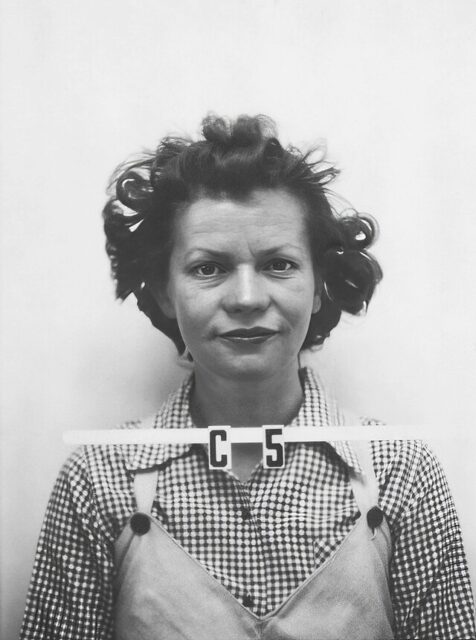
Sadly, death would continue to plague the family not long after J. Robert Oppenheimer passed.
Five years after his ashes were scattered, his daughter went through the same ceremony following the death of her mother and Oppenheimer’s wife. Just five years after that, Katherine took her own life.
A lasting memorial to J. Robert Oppenheimer
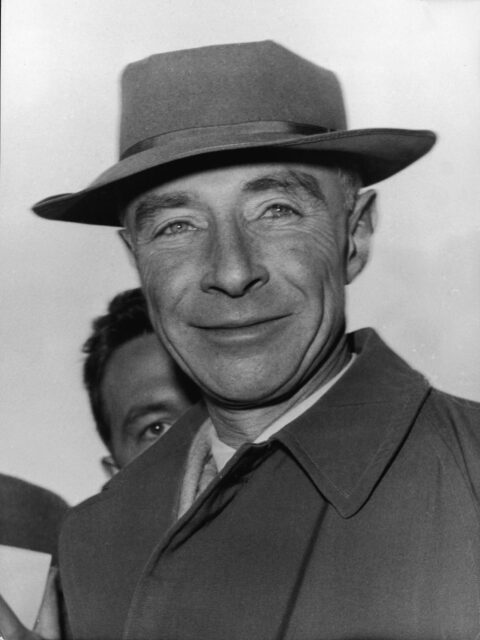
Want War History Online‘s content sent directly to your inbox? Sign up for our newsletter here!
The modest Oppenheimer bungalow had remained within the family after J. Robert Oppenheimer’s passing. However, prior to her death, Katherine penned a note that left the property to “the people of St. John.” While the original home no longer exists, having fallen victim to a hurricane, the Virgin Islands Government operates and maintains a community center nearby.
